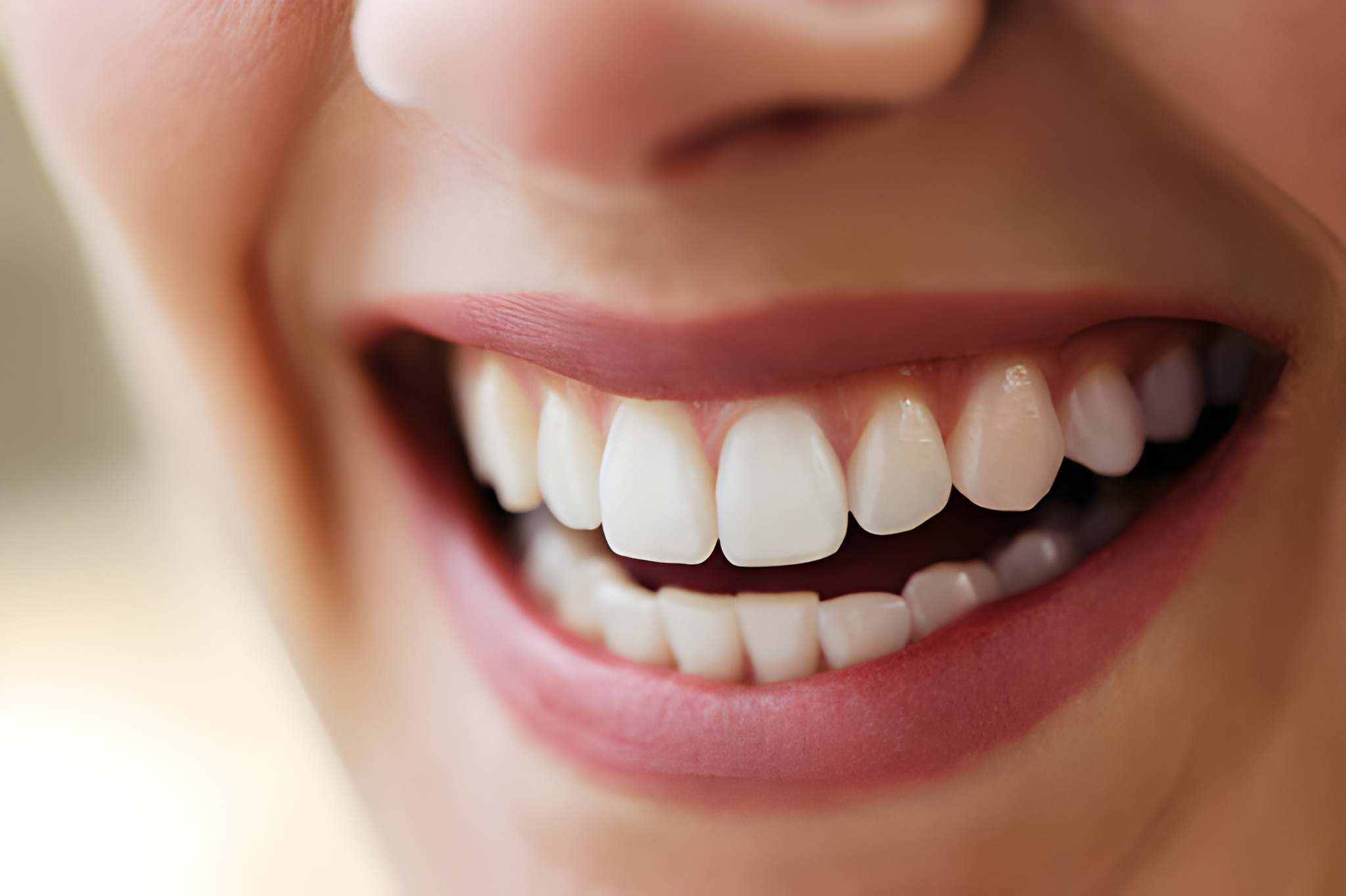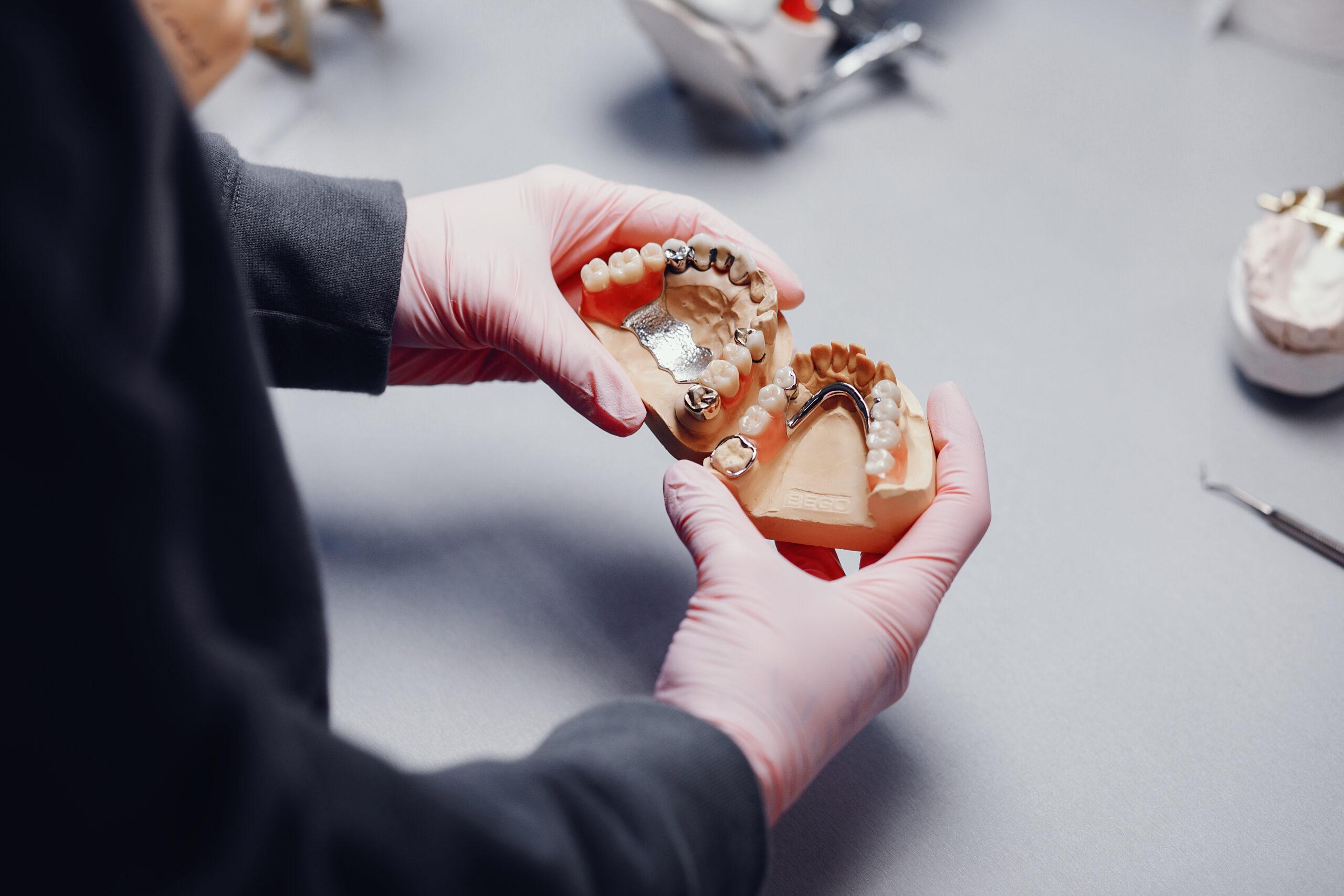Home Types Of Dental Restorative Procedures: Do You Need Them?

Are you among the lucky 10% of adults who have never had a cavity?
If not, you’re probably familiar with dental restorative services filling your teeth. Dental restorative procedures look like a seemingly simple method to fix a cavity with a feeling.
Sadly, it’s not! In this blog, we take a closer look at:
The following sections explore different restorative procedures to give you a complete insight into the procedure. Let’s get started!
Restorative dentistry is a great, effective methodology to restore your oral health. It is designed to give individuals a second chance at a healthy and effortless smile.
The procedure aims to give back a natural, dazzling smile while preventing future health concerns. It restores damaged teeth to normal function and replaces missing teeth with artificial dental restoratives.
Interestingly, however, that’s not all. Continue reading as we closely examine different aspects of the procedure in the following sections of the blog.
Simply put, restorative dentistry involves procedures that help restore teeth to their original condition (or as close as possible). Upon visiting your dentist, you’ll come across three levels of restorative dental procedures, namely:
Several criteria determine the extent of restorative dentistry, the most important of which is the degree of tooth decay. For instance, a basic restorative dental procedure like filling a cavity. On the contrary, your dentist will suggest a root canal treatment if the root of your tooth is in danger.
Let’s learn more about these individual restorative dentistry methods and some procedures.
As the name suggests, diagnostic or preventive dental care is when dentists focus solely on preventative dental care. This treatment aims to detect dental issues early before you need restorative dental care.
Here are a few examples of preventive and diagnostic restorative dental procedures:

Basic restorative dental services include crowns, bridges, inlays, and outlays designed to cover one or a few missing teeth. This restorative dental procedure is generally considered a second-stage option when your oral health starts deteriorating and cannot be restored using preventive care methods.
Here are a few examples of basic restorative dental services:
Next, we have major restorative service dental procedures. This is the last option if you promptly fail to care for your cavities or other oral appliances.
Here are a few examples of major restorative dental services:

Individuals of every age can access various benefits when opting for dental restorative procedures. These benefits revolve around:
Like its perks, some risks are associated with major dental care procedures. The most common risks associated with the treatment are general discomfort or sensitivity following the dentistry procedure.
Patients may also get an infection under very rare conditions. You are advised to reach out to your dentist during such instances.
Based on the procedure, there are different recovery times for restorative procedures. Moreover, it also depends on a few factors, including the severity of the procedure and the current condition of your oral cavity.
Therefore, follow restorative maintenance procedures and complete restoration while you’re at it. All the best!





